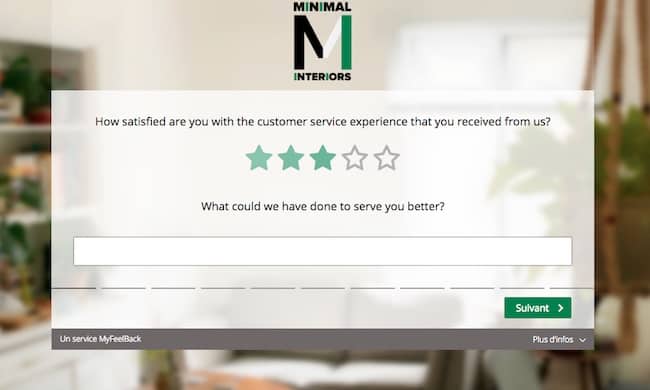Although much has been written about the benefits of customer-centricity, less clear is how to actually create a business culture that is truly consumer-centric. In theory, it could seem like a fairly straightforward process. It seems like a simple concept to understand and apply: being customer-centric means making decisions while always keeping in mind the effect that these decisions will have on your customers.
However, the steps needed to create a consumer centric company can be quite challenging. It is certainly not impossible since plenty of companies do it everyday.
But customer centricity requires careful planning and smart decision making about company objectives, employee training, and day-to-day processes. Every aspect of the business must center on and support the strategy.
The following are 3 crucial steps to creating an authentic customer centric business.
Step 1. Manage all aspects of the business to deliver customer centric service
Use customer segmentation to better meet needs
Begin by gathering data to perform deep market segmentation.

Once a company is able to identify who its customers are, separating those are most profitable from those who aren’t, it can better understand where to focus its attention, making customer ROIC (return on invested capital) a primary metric.
Discover 3 criteria to segment your customer database.
Adjust your processes based on customer profiles
Only once this task is complete can a business begin the process of institutionalizing customer centricity, making customer segments the basic building blocks of the company rather than the product or service.
In other words, all business actions are developed around the customer, making customer-centricity a win-win: customers’ expectations are better understood and businesses better understand how to allocate resources.
Ultimately, customer centric businesses avoid the trap of adopting a one-size-fits-all approach to doing business. Segmenting by behavioral habits, income, preferences or trends allows a business to develop a connection with customers that enables it to create relevant products or services.

Being customer-centric means:
- Using customer data to better understand your client base, for more effective customer segmentation
- Identifying your best customers
- Focusing on the products and services offered to these customers
- Considering the Customer Lifetime Value during your customer segmentation process
When building your customer-centric strategy, avoid:
- Focusing on the idea of an average customer
- Allocating a lot of time and resources to attracting and retaining low-value customers
- Under-investing in your high-value customers
Discover the 3 customer centric lessons from Amazon.
Step 2. Promote customer-centricity in all employees
Customer centricity starts with the customer’s needs and expectations. Therefore, it is necessary to align employee behaviors with the company’s desired customer experience.
There are several ways to help employees successfully deliver this experience:
- Empower employees to solve customer problems.
- Check in with employees to see if they are able to successfully articulate the desired customer experience.
- Create and share clear profiles of the most valued customers and their needs.
- Consider rewarding employees for meeting or exceeding expectations via recognition, compensation, or advancement.
If the goal is to put the customer’s needs first, then employees must be sufficiently motivated and enabled to do just that. By empowering customer-facing employees to deliver a superior experience, a company achieves a holistic customer centric culture, distinguishing them from the competition.

You’ll also notice other positive effects resulting from this: when your employees take a customer-centric approach, they’ll be able to see the impact of their work on customer satisfaction, which will lead to increased employee motivation.
Step 3. Routinely survey customers to promote retention
Routinely survey customers to find out what their current expectations are for the company’s products and services.
Make sure the company is at least meeting those expectations. If it isn’t, make adjustments based on collected feedback. If it is, the company should be in a position to enjoy the fruits of its labor and may want to consider trying to beat existing expectations for increased satisfaction.

Research shows that the more a business know about its customer, the better it is able to satisfy the customer’s needs and desires. Gathering thorough information about each customer makes it easier to sell to them, increasing the prospects of them becoming repeat customers.
Surveys are an effective way to emphasize customer retention. And, of course, its always easier and less expensive to retain existing customers than it is to find new ones. In addition, surveys demonstrate that a company is invested in its customers.
A valued customer base is more likely to spread positive worth of mouth, attracting new customers. By contrast, customers who feel ignored are more likely to jump ship, making it necessary for a business to attract even more new ones to just to break even.
In summary, follow these steps to make your company more customer-centric:
1- Segment your customers and evaluate your processes based on these profiles. Make sure to focus on customers that are high value for your company.
2- Encourage your colleagues to adopt a customer-centric strategy. As this approach is integrated into your company culture, you’ll notice the increase in employee engagement that follows.
3- Take an agile approach to optimizing your processes by evaluating customer satisfaction on a regular basis.



















